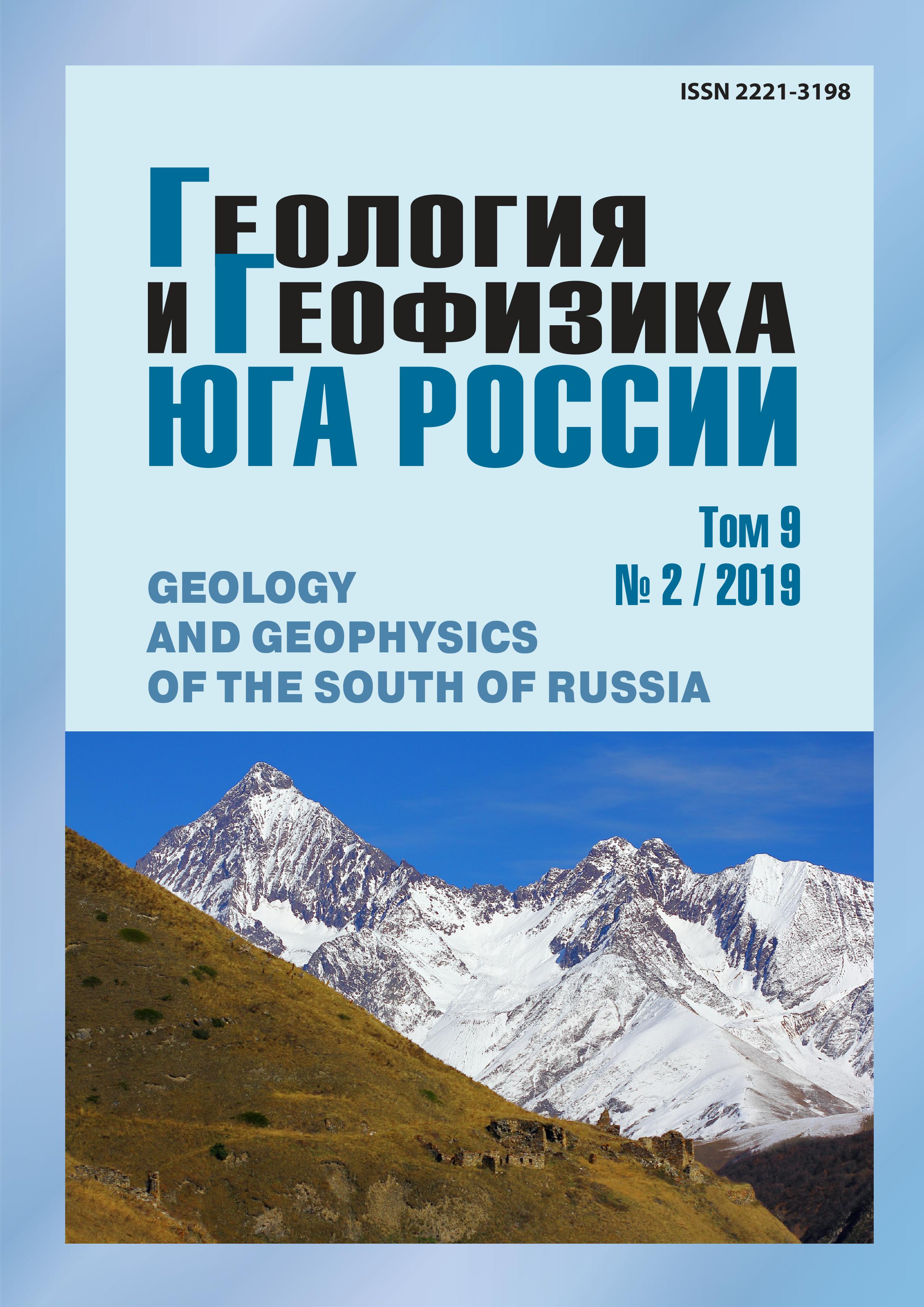An experiment on the study of synchronous continental microseisms in northern Eurasia using a combination of gravimetric and seismic observations
Keywords:
gravimetry, relative gravimeter, seismometer, standard deviation, storm microseisms, meteorological processes
Abstract
Non-periodic intensity increase of microseismic noise was researched. During four months, synchronous geophysical observations were carried out using Scintrex CG-5 Autograv gravimeters in Obninsk, Murmansk, Yekaterinburg and Krasnoyarsk. During the measurements, multiple cases of synchronous intensity increase of microseismic noise were recorded, both at the gravimetric observation points and at a number of seismometric points in northeastern Eurasia. The duration of the registered anomalous increase in microvibrations ranges from several hours to several days. Highly sensitive gravimeters register not only the gravitational field and its variations associated with tidal changes of gravity and other non-tidal and meteorological phenomena, but also high-frequency variations associated primarily with the effects of inertial processes. Gravimeters and seismographs have different characteristics, however, both instruments record high-frequency effects from a common source, with the only difference that in the gravimeter it is considered interference and is characterized by standard deviation (RMS). RMS of gravimetric data, and RMS, calculated by series of seismometers measurements, show high similarity. Comparison with microseismic noise suggests an inertial rather than a gravimetric nature of anomalies recorded by gravimeters. The results of the signals correlation study are explained by large local variations of microseisms and meteorological characteristics, their influence on the fine structure of geophysical signals recorded by gravimeters. Short-term semi-annual observations revealed features of geophysical processes in the vast territory of Eurasia. Further studies will reveal the fine structure of the mutual influences of geophysical processes according to observation data by sensitive gravimeters and seismometers. Consideration of this phenomenon is necessary when planning, performing high-precision gravimetric surveys, and long-term gravimetric observations.
Published
2019-04-09
Section
Articles


